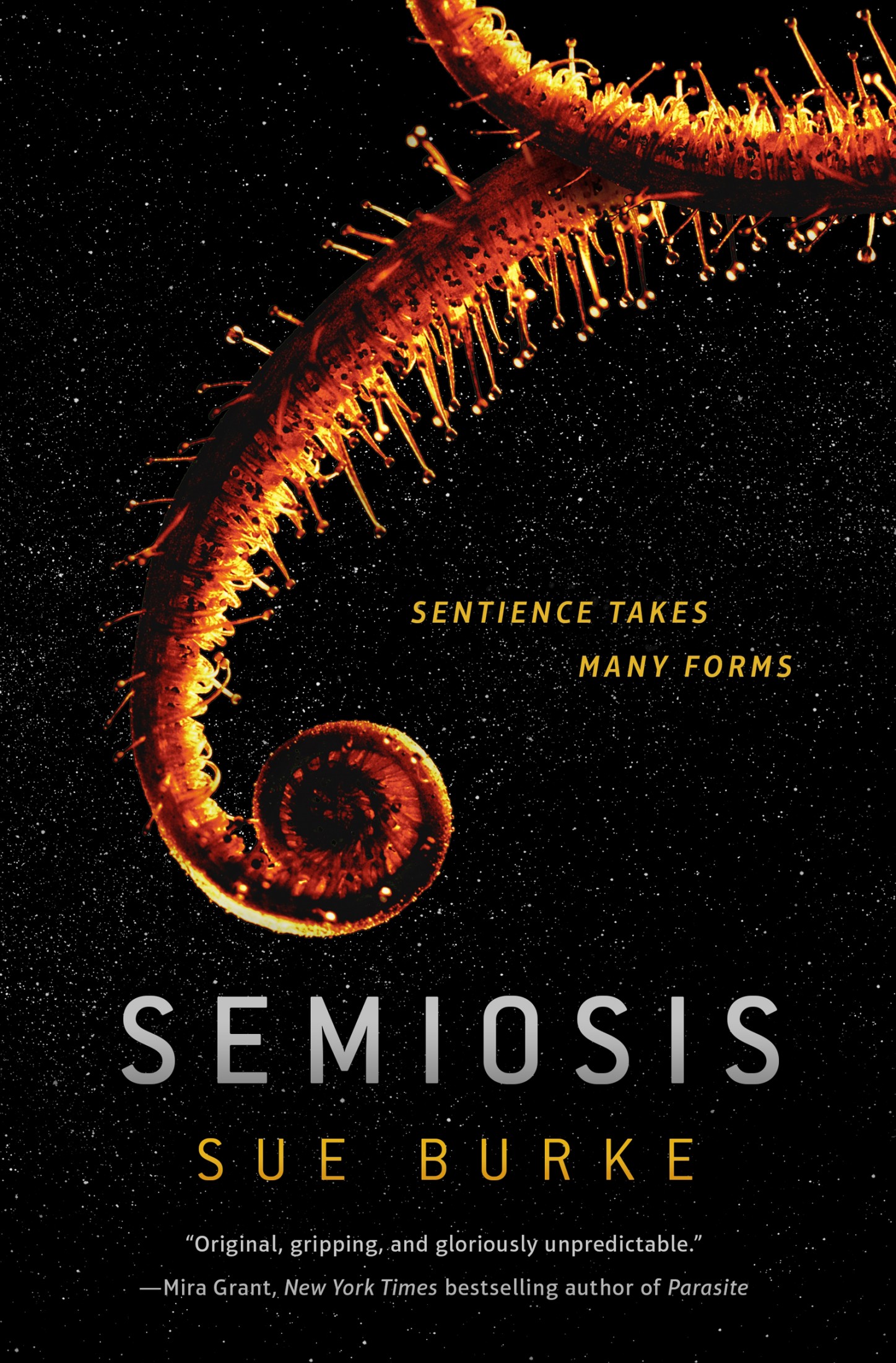Review of 'Semiosis' on 'Goodreads'
4 stars
The story takes place over the course of centuries on a distant planet, like many other ambitious science fiction stories, but its basic premise is not like any other tale to my knowledge. "Semiosis" is the term invented by Charles Peirce meaning the process whereby signs get attached to meaning, and the concerns of language are central to the tale. To up the stakes, the human settlers of Pax must learn to communicate with a foreign intelligence which is not only alien but not animal in nature, for it is the plant-life which which has the highest degree of intelligence. It requires quite a bit of ingenuity to tease out those aspects of plant life which make for a compelling character: the way a single consciousness can extend over a large area, the sensitivity to chemistry, to heat, and and to light, an extended lifespan for perennials, a form of communication between plant species either from root to root or mediated by biochemical molecules across a range of intelligence levels. Rather than making up names for the plants and animals native to Pax, the characters use ordinary names of Earth species in their place, so it takes a while for us to get used to a "bamboo" that has a few bamboo-like properties but also bears fruit and communicates by patterns on its canes, and "eagles" which hunt in groups and use language, and fire. Furthermore, the humans start out in trouble when much of the technology they brought with them from Earth was destroyed, and much of the rest of it was lost over time.
The things that make the human characters like us are things like family units, written and oral histories carried over seven generations, a sense of curiosity held in check by fear and selfishness. Early on, the author lets us know that life on Pax is not one of safety and ease, with hostile plants and animals along with the danger of starvation. They only gradually come to understand the intelligence of the life around them and develop systems to defend against the hostile type and to benefit from the more cooperative kinds. But the same time they are taming their surroundings, it happens that they are being tamed by an intelligence which dominates the middle and the end of the novel.
There are a few things which test the reader's belief, but in the end I was able to accept them for the way they served the central narrative of the foundation of a new world. The Pacifists were exceptionally lucky to find native things they could eat (including those which were used to medicate and to control them), and they were able to move into a city which they found conveniently abandoned. Also it seemed like kind of a coincidence that two spacefaring species happened to pick the same planet within a couple centuries of one another. The story is not one of the reinvention of civilization from nothing, however, but sticks pretty close to the themes of cooperation within a sophisticated society despite built-in conflict.
I really started getting into the book about the one-third point once the colonists had moved to the Glassmaker city. There's a murder mystery, a pitched battle, political intrigue, some sexual tension, and plenty of conflict between generations to keep a reader engaged. I am looking forward to the concluding installment to the story to round out whether the colony thrives or withers on the vine.

